Joplin, Missouri
What I loved about Wandering Wednesdays is they don’t always happen on Wednesdays and they could stretch out into Wandering Weekends if we so desire. Joplin was on our radar and since it was on the other side of the state we knew packing a bag was necessary.
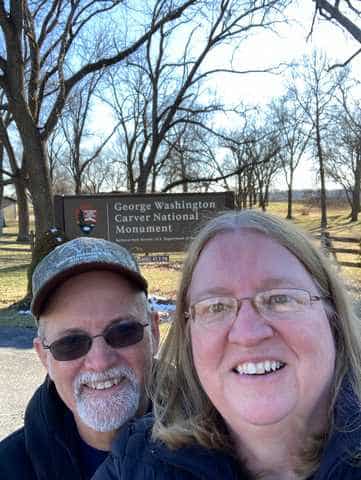
Our first stop was George Washington Carver National Monument in Joplin’s neighboring town of Diamond. Mr. Carver was the man who could make anything out of a peanut…well something like that. He was also a man who experienced great struggle in his lifetime.
Was George Washington Carver A Salve
Around 1861, George Washington Carver’s mother, Mary, was a salve on the Moses Carver’s 240 acre plantation. During the Civil War, the Carver plantation was raided. Mary and George were kidnapped and taken to Arkansas to be sold on the slave auction block.
Moses Carver learned of the kidnapping and eventually tracked George down, but was never able to find Mary, his mother. George had not been well cared for and was frail and sickly when Mr. Carver brought him back to his plantation. He saw that the young child received proper care and the child’s health somewhat returned.
The Carver National Monument consisted of a museum which told the story of George’s struggles in life and how he overcame every obstacle that temporarily blocked his path. They told the story of how he was called the “Plant Doctor” in his younger years and how he climbed the ladder to become a renowned agricultural scientist, educator and humanitarian.
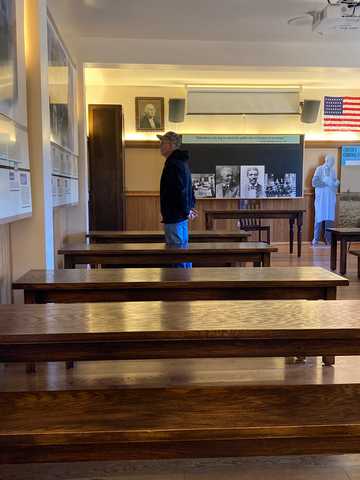
The old plantation still held the homestead where Mr. Moses Carver and his wife nursed George back to health, where George lived and grew up.
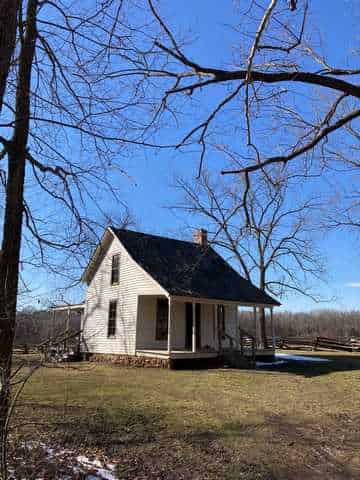
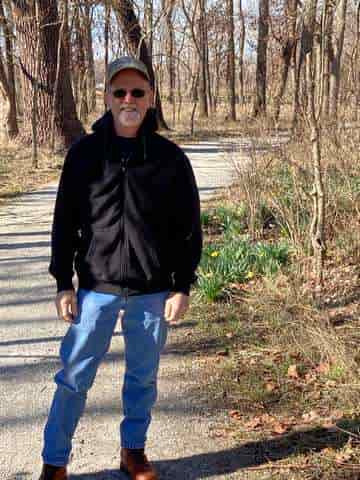
Carver Hiking Trail
The National Park Service constructed a mile long trail leading to the Carver home. The path was an easy stroll as it curved back and forth crossing the creek and finally opening up to the little white clapboard house. It was quite fun to explore the old house and wonder about those who passed through those old doors. The front porch seemed to welcome us as we approached the home.
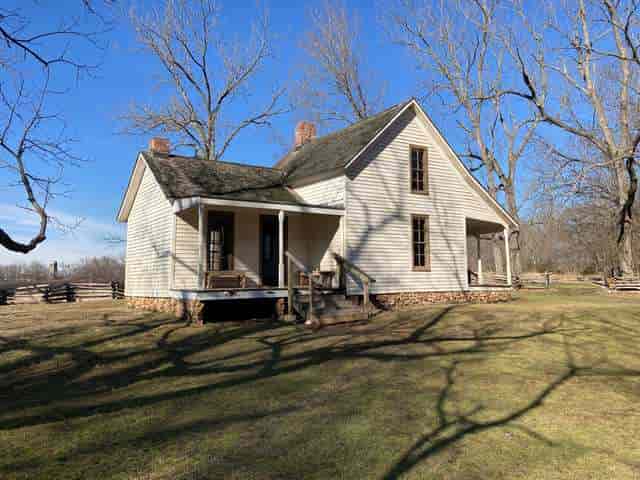
It was interesting to notice how small homes were years ago. The lack of bedrooms and the large number of children in families prove people shared and made do with the what they had. No one needed the mega houses, five-car garages, and the huge swimming pools we see today. All they needed was a space on the floor to sleep, a spot at the table to eat, a garden in the back yard to grow their food and a beautiful creek in which to wade.
Precious Memories
We came upon a woman who had grown up in the area and had spent many happy days as neighbors of the old Carver plantation. She talked of climbing the trees and playing in the yard. She couldn’t wait to get her young family to pose for pictures in various trees and other parts of the house. We could feel her memories as they flowed along with her tales of the area.
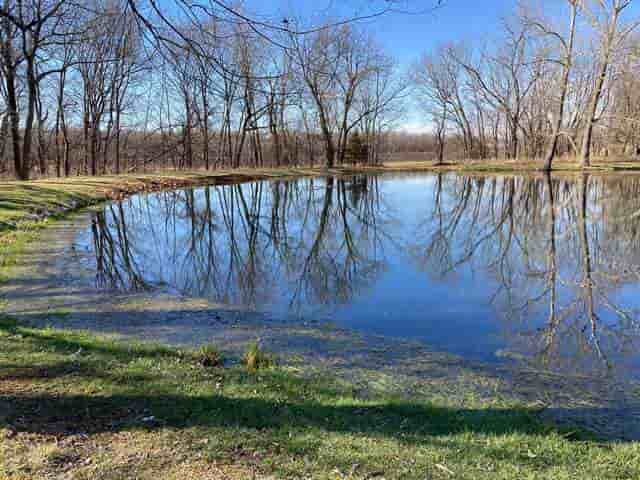
Leaving the giddy lady we headed back to the trail which lead up the hill to the old Carver Cemetery where Moses Carver and his wife Susan were buried. After learning Mr. George Washington Carver had not been buried in this particular cemetery we moved on.
At the end of the trail stood a bust of Mr. Carver where we could rest and enjoy the outside beauty that surrounded us.
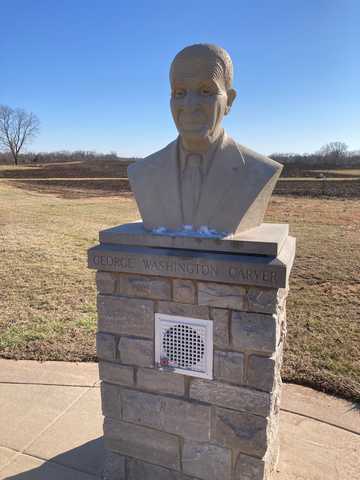
A person could spend an hour or an afternoon in this park and I would recommend to plan to lean toward spending the afternoon.
